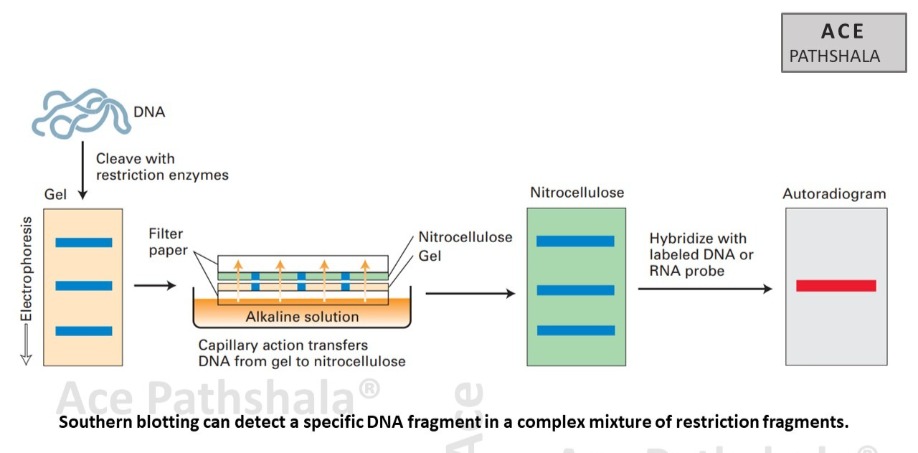"Unveiling Genetic Mysteries: The Art of Blotting Techniques - Southern, Northern, Western - Decoding the Blueprint of Life!"

Dr. Pooja Kumari

- Molecular biology techniques to transfer biological molecules (DNA, RNA, proteins) from a gel matrix to a membrane for analysis.
- Essential for studying molecular structure, function, and interactions.
This read will help you in understanding why we use different types of blotting techniques.
Embark on the transformative journey of research with AcePathshala, where curiosity meets knowledge, and innovation knows no bounds. In the realm of discovery, every question leads to a profound answer, and every challenge is an opportunity to shine. Join us in the pursuit of excellence, where learning is an adventure, and success is not just a destination but a constant companion. Let AcePathshala be your guiding star as you navigate the exciting landscape of research, unlocking your potential and shaping a future filled with meaningful contributions. Embrace the thrill of exploration, and together, let's create a legacy of brilliance. Your academic journey awaits at AcePathshala – where dreams take flight, and aspirations become achievements. Dare to dream, strive for excellence, and join us in shaping the future of research at AcePathshala!
Create Relevant Content
Watch This video for complete understanding of the books you need to read during your preparation.
Southern Blotting

Originally published May 2, 2019
